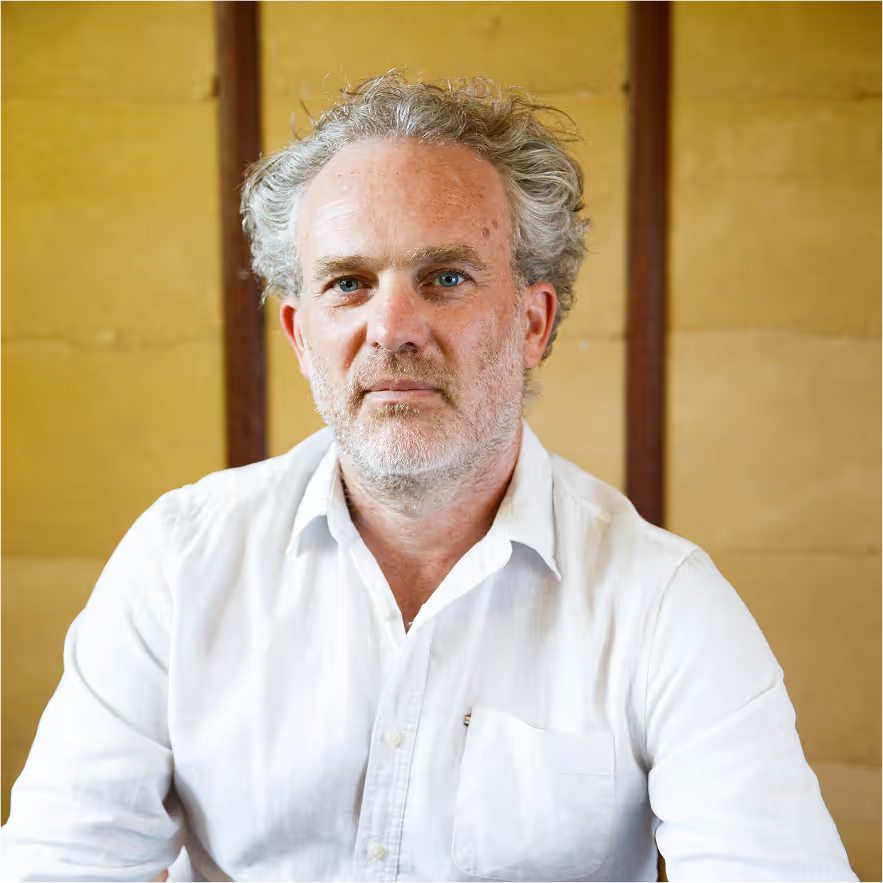With so much confusion around rangehoods and Passivhaus, we’ve put together a brief explainer to answer all your questions
How to deal with rangehoods in airtight buildings is a source of ongoing debate. The majority of certified Passivhaus projects around the world, including many of ours, have used recirculating rangehoods but there are other options….
This great video (below) from builder, Stuart Lee of Enerhaus, demonstrates what can be considered the premium solution for kitchen ventilation; an externally ducted rangehood with fully automated make up air. It may look a little complex, and is to some degree, but what exactly is it doing?
In an airtight building, if you wish to externally vent your rangehood you need to do two things; ensure the building remains airtight when the rangehood is not being used and then ensure that when it is being used that the air being removed from the building is being adequately replaced.
Remaining airtight can be achieved with an inline damper, we use one that has multiple magnetic flaps that fold back into place when there is no airflow and open up when there is. Fairly simple, fairly cheap.
The replacement, or make up, air can get somewhat more complex. The system in the video below has two make up air elements. The first being an attachment to the rangehood canopy that delivers ~50% of the air volume that the rangehood itself is extracting. This air enters just behind the extraction area of the rangehood so is visually unobtrusive.
The second element is the additional ductwork and fan that draws air into the building from outside to provide the other ~50% of make up air. This additional fan operates on a sensor so that when the rangehood draws power the fan turns on. This second airflow needs to enter the home somewhere, ideally it is 2-3m away from the cooktop; too close and it can ‘short circuit’ the airflow for extraction reducing the effectiveness of the rangehood itself. Too far away and it can cause discomfort as this is outdoor air which can be cold in winter (or hot in summer).
When seeking Passivhaus certification, this introduction of unconditioned outdoor air as make up air needs to be accounted for. In some climates this can be up to 2kWh/m2/a of heating demand.
The video helpfully shows the amount of ducting that is needed to make these systems work. The house in question, our GardenHaus project, has a large void above the kitchen ceiling that accommodates this easily but this is not always the case. This project has the same configuration but concealed in a standard bulkhead showing that, with the right people, this is all possible.
We should not shy away from the fact that this fully automated system comes at a cost both in terms of equipment and space but also labour to install and commission it so what are the alternatives?
Stick with a recirculating rangehood, they are easy to install. The downside is that you are reliant on the filters in the rangehood to cleanse the air while waiting for your MVHR (we are assuming an airtight home has one of these; mechanical ventilation with heat recovery) to replace the air. The MVHR will be moving ~60m3/h whereas a rangehood moves 450+m3/h so expect it to take longer to reduce indoor particulate matter.
Install an externally vented rangehood with the dampers as mentioned above but open a window for makeup air. Arguably this is the same result as the full blown automated system but it does rely on humans to open (and close) the window. There are small differences in how this would perform but you are now in the weeds of specificity and could probably do with a chat with someone who has been down this rabbithole before…

Andy Marlow
,
Company
Andy joined Dick Clarke at Envirotecture as a young architect, gaining significant experience in designing genuinely sustainable buildings, both residential and non-residential, in Australia and overseas. After a stint at a large corporate practice, Andy returned to Envirotecture as a director in 2014. He went on to found Passivhaus Design & Construct in 2020, in order to make Passivhaus performance more accessible for more people.
Discover our people (and what it's like to work here) and awards we've won.
Explore our expansive library of resources for people interested in sustainable, healthy homes.



